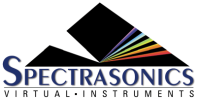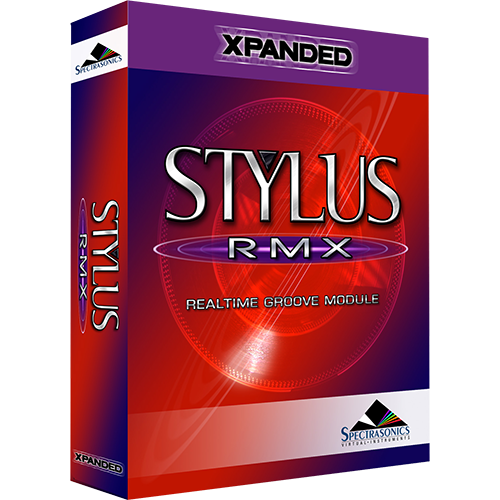Before digging into the Edit Group rules, it’s recommended that you watch the video tutorials on Edit Groups. They will give you a basic understanding that really helps to understand these principles.
• An Edit Group begins with at least one slice of audio.
• A slice of audio can only be in one Edit Group at a time.
• Any Edit Group can have slices added to it or removed from it at any time.
• When a new Edit Group is created, all the parameter settings from the Part’s “Main” Edit Group are copied to the new one. This includes any FX plug-ins that are active on the Insert FX Rack.
In other words, each time you create an Edit Group, an entirely new Edit Page, Chaos Page, Insert FX Rack and set of 4 AUX SENDS are created just for that Edit Group. All of these pages and parameters can be used to manipulate the audio within the Edit Group independently from all other audio in RMX.
• The Edit Group feature is always active. When a Groove is first loaded, all of the slices in that groove belong to a single Edit Group called “Main.” This allows you to control all of the slices of a Groove at the same time. Once you identify certain slices you wish to treat differently, then you can create new Edit Groups for those slices.
• There is a maximum limit of 16 active Edit Groups per Part. This means that a single Part could have as many as 16 Edit Pages, 16 Chaos Pages, 16 Insert FX Racks and 16 sets of Aux Sends.
• It’s possible to create more than 16 Edit Groups, but only 16 of them can be active at a time.
• Edit Groups can work with entire Suites—they’re not limited to just picking slices from a single Groove Element. This includes User Favorites Suites. You can pick individual slices from several different Groove Elements within the same Suite, customize them, and still play all the Grooves live from a keyboard in Groove Mode with all the changes intact.
• Edit Groups are not limited to Grooves. They can be used with Sound Menus and Kit Modules as well. Assigning different single hits to separate Edit Groups lets you customize the sounds within a Sound Menu or Kit Module.
• The Edit Group box appears on several RMX pages, but only on those that have parameters that are Edit Group-specific.
• For an Edit Group to exist, it must contain at least one slice. If all slices are manually removed, the Edit Group will disappear from the Edit Group list.
NOTE: The “Main” Edit Group is as an exception to this rule—it is always present.
BASIC EDIT GROUP MANAGEMENT PRINCIPLES
Creation
Edit Groups can be created automatically or manually. An Edit Group is created when slices are assigned to it, so the terms “Creation” and “Assignment” are often interchangeable.
Assignment
Slices can be assigned or de-assigned to any Edit Group at any time. Remember that a slice can only be assigned to one Edit Group at a time.
Membership
When a slice is assigned to an Edit Group, it’s considered a “member” of that Edit Group. Membership status is indicated by Bold typeface and can be seen in more detail via the Value Display’s “Slice Edit Group” option.
Selection
Clicking an Edit Group name from the drop-down list will select it as the current Edit Group appearing on the Stylus RMX interface for editing.
Activation
Activation means that the parameters of the Edit Group are enabled in the engine. An Edit Group can have slices assigned to it, but not be currently active. You can tell if an Edit Group is active if it has a check mark next to it.
IMPORTANT ASSIGNMENT RULES
Slices always follow the most recent Assignment. If you choose a slice that has been previously assigned to another Edit Group, the new Edit Group will steal the slice from the older Edit Group.
For example, let’s say there is an Eighth Note (1/8) Edit Group already assigned and then you choose the “Downbeats” Auto-Assign option. Since the slices that fall on downbeats are already in the “1/8” Edit Group, RMX steals the necessary downbeat slices out of “1/8” and places them in the Downbeats Edit Group.%
AUDIO ROUTING
The Edit Group audio output routing is pre-mixer. This allows Edit Group audio to be routed to an alternate output and not appear in the Mixer Page.
NOTE: Edit Group Outputs can be used only if your host supports the multiple output feature of software instrument plug-ins.



